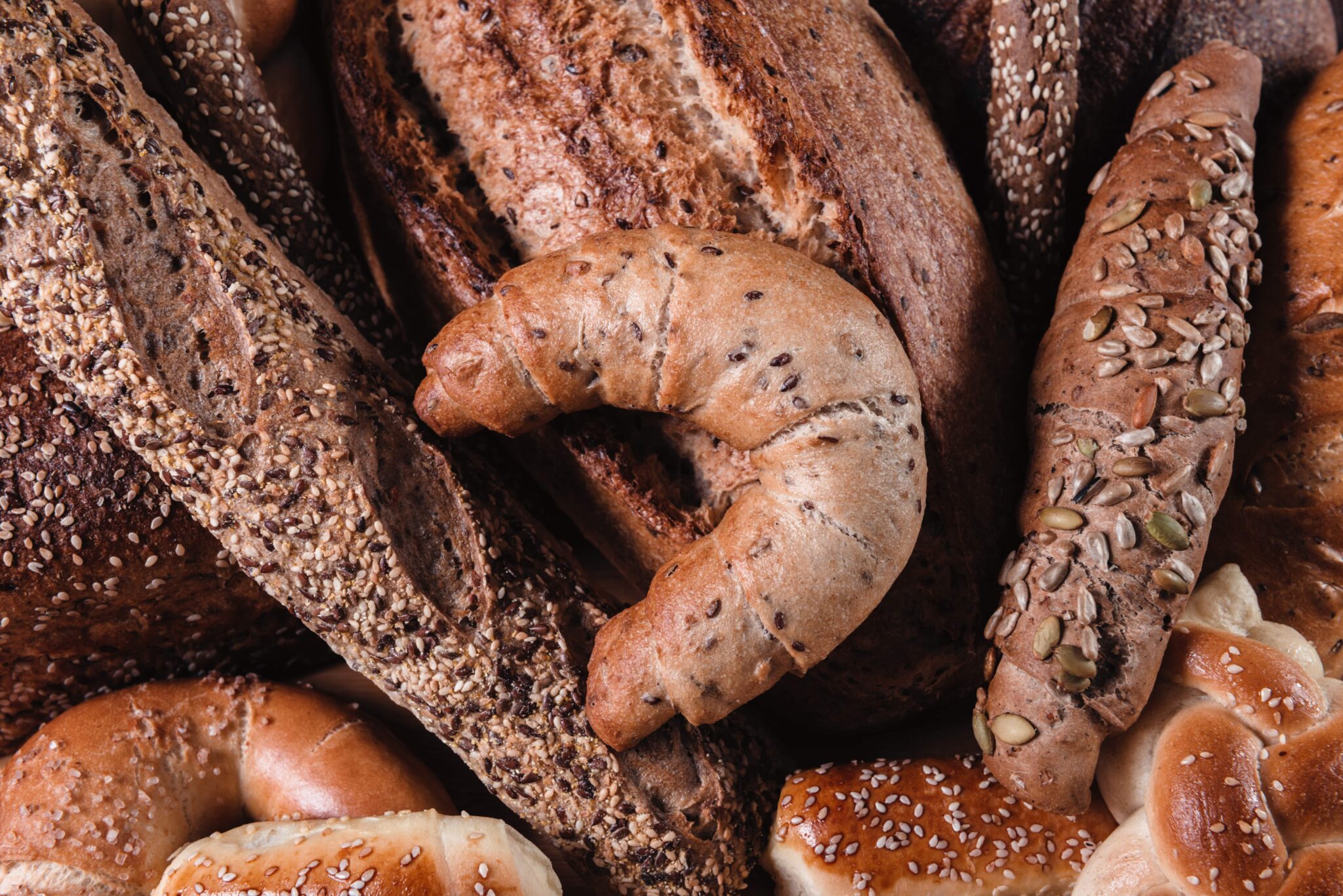
-
2025-03-13
- 0 Comment
Production Hygiene in the Bakery and Confectionery Industry
Every producer in the food industry is aware that maintaining proper hygiene standards in production is essential for the quality of the final product and its safety for consumers. The conditions that must be met in the production process are defined by systems such as HACCP (Hazard Analysis and Critical Control Points), GMP (Good Manufacturing Practice), GHP (Good Hygiene Practice), EU and national regulations, and internal plant instructions. In bakeries and confectioneries, hygiene and safety must be maintained in several areas.

Storage, Transport, and Storage of Bread and Confectionery Products
These activities relate to both semi-finished products and finished goods. In all cases, certain standards must be met to ensure that the products retain their freshness, are not subject to microbiological reactions that could affect consumption safety, and that their organoleptic properties remain unchanged. Raw materials are stored in rooms with walls made of materials that prevent the growth of bacteria and fungi, kept appropriately dry (e.g., protecting flour from moisture), and also protected from pests. Finished products must also be kept at the correct temperature and humidity levels to prevent, for example, fats in confectionery products from becoming rancid, thus maintaining their freshness and safety for consumer consumption.
Proper storage conditions also minimize the risk of cross-contamination, including gluten, which is essential for parts of the bakery and confectionery production offering products for people with celiac disease or those following a gluten-free diet.
Cleaning and Disinfection in the Bakery Industry
In all food production plants, cleaning and disinfection processes must be conducted regularly, using agents appropriate for the nature of production. These agents must be certified for use on surfaces that come into contact with food. Both manual tools (e.g., foam applicators) and mechanical tools (e.g., dishwashers for smaller equipment) can be used for this purpose.
Dry Cleaning in the Bakery and Confectionery Industry
The bakery and confectionery industry is unique in that it is not always possible to use wet cleaning in every room. This is due to the ubiquitous presence of flour dust in the plants, particularly in bakeries. Flour dust is primarily generated when opening ingredient bags, mixing, and sifting. Therefore, it is recommended to use dust masks (PPE) at certain workstations. The presence of flour dust also reduces the effectiveness of traditional wet cleaning methods. In this industry, dry cleaning tools are found to be highly effective.
Stainless steel accessories are extremely helpful in bread and confectionery production: they facilitate cleanliness and are durable.
Hand hygiene tools such as shovels, brushes, and scrapers are perfect for removing residues from production processes and surface dirt. At the same time, they can be part of a broader system ensuring food production safety and hygiene. For this purpose, shadow boards can be used for storing hand tools, or color coding can be applied to assign tools to specific rooms or production lines.
Download the CleanAccess Product Catalogue and see how our solutions can help maintain cleanliness in food production plants.
It’s also important to pay attention to tools detectable by metal or X-ray detectors. This applies not only to cleaning tools but also to other equipment used by workers, such as caps, protective clothing, pens, lanyards, and document holders. Additionally, so-called spark-free tools should be used in environments where there is a high risk of dust explosion. This is particularly relevant in flour-based industries, where the risk of dust ignition is higher.
In addition to hand tools, nonwoven wipes are also a useful complement. These wipes are highly absorbent, dust-free, hygienic, and help reduce static electricity on cleaned surfaces (also known as electrostatic charge), which slows down the settling of dust.
